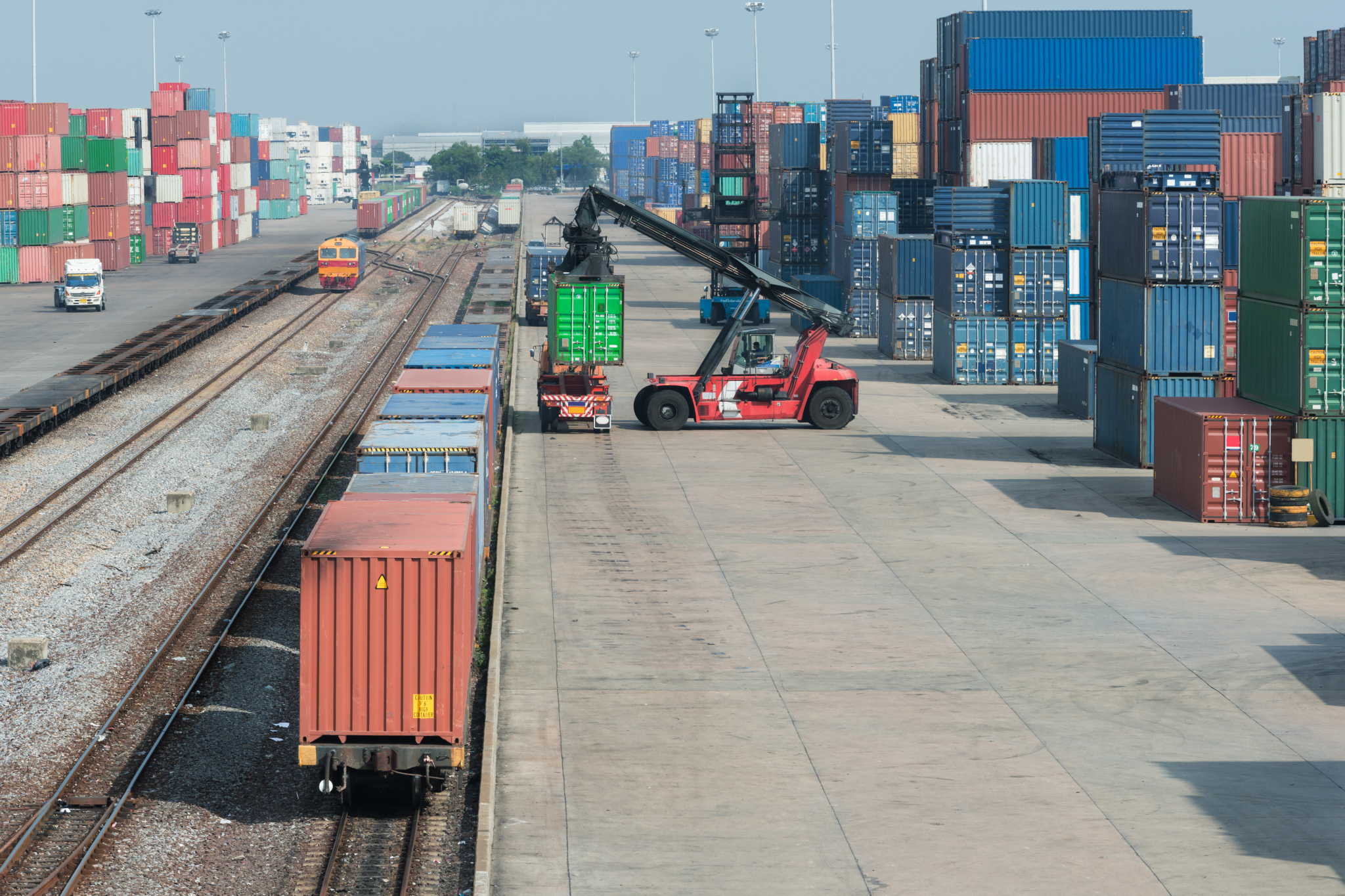A surge in Asian imports to the Pacific Southwest is driving an increase in eastbound intermodal train movement, adding to the chronic deficit in rail cars returning west.
ASIAN IMPORTS SURGE AT PACIFIC PORTS
The Port of Los Angeles reports that local dockworkers moved 2,380,503 TEUs in the first quarter (Q1) which is nearly 30% more than in 2023. The neighboring Port of Long Beach saw a 16.4% Q1 increase from the same period in 2023. Imports at the Port of Long Beach increased by 8.4% to 302,521 TEUs. Some of the terminals are at double their average inventory.
“Consumer demand remains strong and continues to drive cargo through this vital gateway for trans-Pacific trade. We will continue to build the infrastructure that will allow us to grow our trade strategically and sustainably.”
Mario Cordero | CEO | Port of Long Beach
RESPONDING TO INCREASING VOLUMES
The ports show significant differences in dwell times at different terminals with a general trend low in the first three weeks of April and a sharp increase in the last week of the month. In response to the surging volumes, some Pacific Southwest terminals began to dray containers at near-dock storage facilities to prevent interruptions to cargo handling operations. While some terminals are reporting sufficient rail cars to handle the increasing eastbound shipments, other terminals have begun to increase their storage in anticipation of import markets strengthening throughout the summer months. Terminals that are forced to dray cargo due to railcar shortages face increased operating costs and potentially longer cargo transfer times.
Despite the Ports’ concerns about railcar availability, Class 1 Railroads like Union Pacific and BNSF report that dwell times have stayed the same for their containers. However, they plan to move more rail cars into Southern California as they prepare for the eastbound transpacific shipping season. One Railroad stated, “We have successfully supported record first quarter volumes at the ports of Los Angeles and Long Beach and look forward to continuing to do so.”
Industry analysts note that dwell times at the Los Angeles and Long Beach terminals have gradually risen this year, from 4.2 days in January to 6.26 days in February and 7.02 days in March. The increase coincides with a rise in imports from Asia to the Los Angeles and Long Beach Ports, which rose to 1.96 million TEUs in the first quarter, a 29.7% year-over-year increase.
U.S. IMPORTS EXPECTED TO INCREASE
Certain terminals can manage increased volumes better than others, depending on the site and setup. Congestion often arises when dwell times increase above five days, with the target being three to four days. All terminals struggle when dwell times increase to nine or more days as they must constantly move containers around their facilities to accommodate new containers coming in. Because of this, terminal owners in Los Angeles and Long Beach are concerned as they approach capacity, and US retailers continue to increase import volumes in the coming months. Industry experts predict that US imports will rise 5.5% in May, 8.9% in June, 6.6% in July, and 6.9% in August when compared to last year.
Stay up-to-date on freight news with Green’s Weekly Freight Market Update by following us on Facebook, Instagram, and LinkedIn. For continuous updates, make sure to check out our website at greenworldwide.com.






